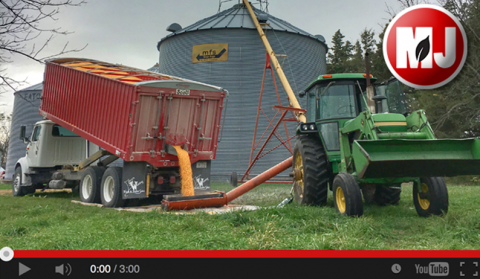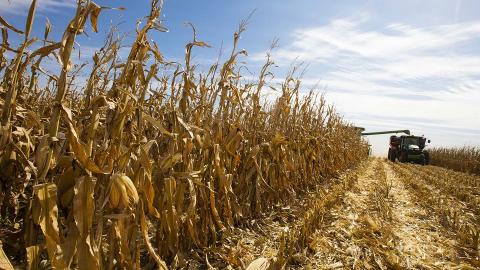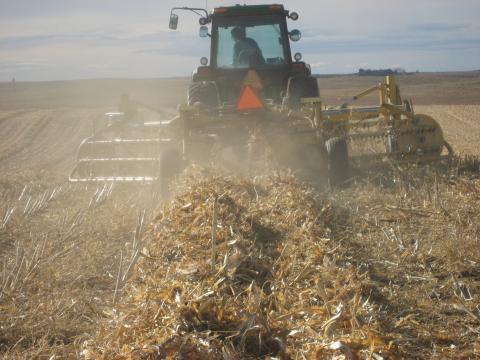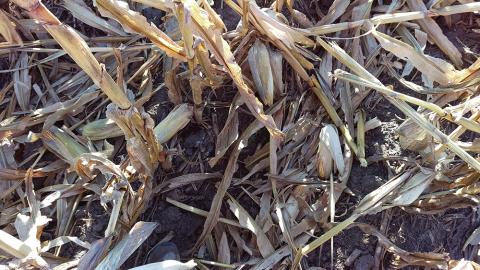
Competition Allows Ag Producers to Try New Technologies, Methods
December 6, 2017
A new University of Nebraska-Lincoln-led partnership is helping agricultural producers explore emerging technologies and identify ways to strengthen profitability without increasing risk during the growing season.
Corn Harvest Nears Completion; Wheat Condition Good
November 20, 2017
Corn harvest was 93% complete as of Sunday and near the five-year average of 95%, according to USDA’s National Agricultural Statistics Service report for the week ending November 19.
Temperatures averaged near normal across eastern Nebraska, but six to ten degrees above normal in the west. Precipitation was limited, allowing good conditions for harvest.
Market Journal Looks at Market Response to USDA Crop Report
November 17, 2017
This week's Market Journal looks at how to select for Bt traits to protect corn from insects, the corn and soybean markets, how La Niña could impact weather conditions in the US and South America, and this week's forecast.
Could Sub-Saharan Africa be the World's Next Breadbasket? Nebraska Study Says It's Unlikely
November 17, 2017
While there is huge potential for sub-Saharan Africa to increase agricultural productivity, the odds that the region will become the world's next breadbasket are low, according to a new study from the University of Nebraska-Lincoln. While the area receives more rain than the world's other breadbaskets, its shallower and "older" soils may not serve as good water reservoirs during periods of little rainfall.
Corn Harvest Makes Good Progress in Last Week, Now Near Average
November 13, 2017
With mostly dry conditions Nebraska's corn harvest made good progress in the last week and was estimated to be 86% complete, up considerably from the 68% reported last week and near the five-year average of 90%. Last year 92% had been harvested at this point in the season.
Nebraska Corn Board Supports Free Corn Nematode Testing
November 10, 2017
A new program to provide free soil analysis for corn nematodes is being made possible by the Nebraska Corn Board. Growers are invited to submit soil samples to a University of Nebraska-Lincoln lab from now through spring to be tested for the root-lesion nematode.
Grower Experiences with Picking Up Downed Corn
November 6, 2017
This photo series of grower solutions illustrates several non-livestock options for picking up corn on the ground, including the use of a rake and combine with a pick-up attachment.
Potential Reasons for Weakened Ear Shanks and Ear Loss
November 3, 2017
While sustained high winds for several days in late October was likely the final catalyst, a number of factors may have led up to increased ear drop in corn. This article looks at potential factors throughout the season that may have eventually led to a challenging harvest.





